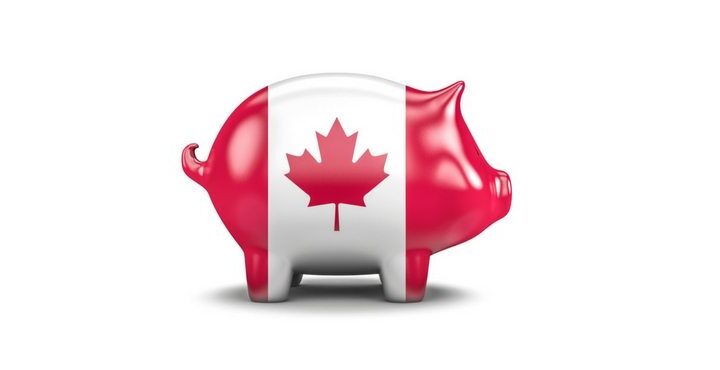In most cases, you already know when you file your tax return that you are going to owe the Canada Revenue Agency (CRA). Or maybe, you already have a balance owing, and you are going to be adding more money to that balance, or possibly you have no idea whatsoever why it is that your Notice of Assessment (NOA) has a balance owing on it that you cannot afford to pay in full.
If that scenario arises, there are some key steps you should follow to prevent the CRA from taking immediate legal action, which can mean the freezing and seizing of your bank account, a wage garnishment being sent to your employer or a lien being registered and placed against your property.
The Importance of Communication
The first step to take when your Notice of Assessment presents you with a tax bill that is too large to pay in full is to begin communicating with the Canada Revenue Agency quickly.
The CRA likes to know that you are aware of the balance owing, and that you have a plan in place to deal with it. Even if you do not have a plan, this is the best time to ask the CRA questions about the amount owing should you disagree with the balance or simply want to know more details surrounding the debt.
Proactive and upfront communication with the CRA sets the tone for the discussions that will follow with the CRA representatives or with your assigned collections officer. Showing initiative and telling the truth almost guarantees an open dialogue and should something go awry during the period in which you are in collections, your good faith bargaining should help quite a lot.
Keep in mind, that everything that you say will be added as a note in the permanent diary that the CRA has on you in their systems, so if you’re very rude off the get-go, then you can expect in any future dealings that your attitude might be brought up.
Even if your prior communications with the CRA were not always on the best of terms, you can re-establish your relationship with the agency by communicating early and often with their collectors.
Don’t Settle!
Don’t settle, or ask to settle because this is not the IRS. In the US, if you have taxes owing to the IRS you have the ability to approach them for a settlement. In Canada, however, the CRA does NOT settle debts unless you are filing for bankruptcy or filing a Consumer Proposal. You owe the taxes, penalties and interest in full. There is no negotiation and no deals… For anyone.
Be Prepared to Prove Your Inability to Pay in Full
The second key to avoiding immediate legal action when you are unable to pay your tax bill in full is to be prepared to prove to the CRA that you are unable to make payment in full.
The CRA has access to a review of your tax file and makes a determination as to whether they feel you are able to make payment in full or whether they will allow you to make incremental payments on a schedule – a payment plan.
The CRA will ask you for information relating to your income and expenses and use this information to determine your “Ability To Pay”. Having timely and accurate information available can make the difference between a repayment arrangement and a garnishment or freeze on your bank account.
Once you are able to prove your inability to pay your tax bill in full, you should continue to keep communication lines open with the CRA. It is important to keep them informed of any changes in your income or expenses rather than waiting for them to find out first.
Sticking to Your Payment Arrangement
Once you have reached a re-payment arrangement with the CRA for your balance owing, try to make your payments on time. Failure to do so can void the arrangement and will result in immediate legal actions being taken by the CRA.
Remain Current
Another extremely key point which rarely gets discussed is that you must remain current on your tax obligations as they come due, or the payment arrangement is cancelled.
That means, if you make a promise to pay an amount every month, but forgot that you need to make an installment payment, or payroll remittance, or GST/HST payment, then you must notify the CRA of that error, and seek to adjust the arrangement. Failing to do so, and missing a payment in order to keep up with the terms of the re-payment arrangement is a giant no-no.
Pay off one debt, while starting another is not allowed.
In Concluding
Again, it is important to communicate with the CRA if you are unable to make a scheduled payment due to circumstances beyond your control. They may allow you to postpone the payment until your financial situation improves. It’s important to note that interest will continue to accrue on the balance – that is your punishment for having debts to the CRA – and penalties still apply.
As well, if you are considering Taxpayer Relief, keep in mind that the CRA’s Collections staff will not stop trying to collect a balance owing because an application has been made to the Taxpayer Relief group. The rationale here is that if your application is denied, there is now additional interest and possibly penalties added to the balance which makes it that much harder to collect.


